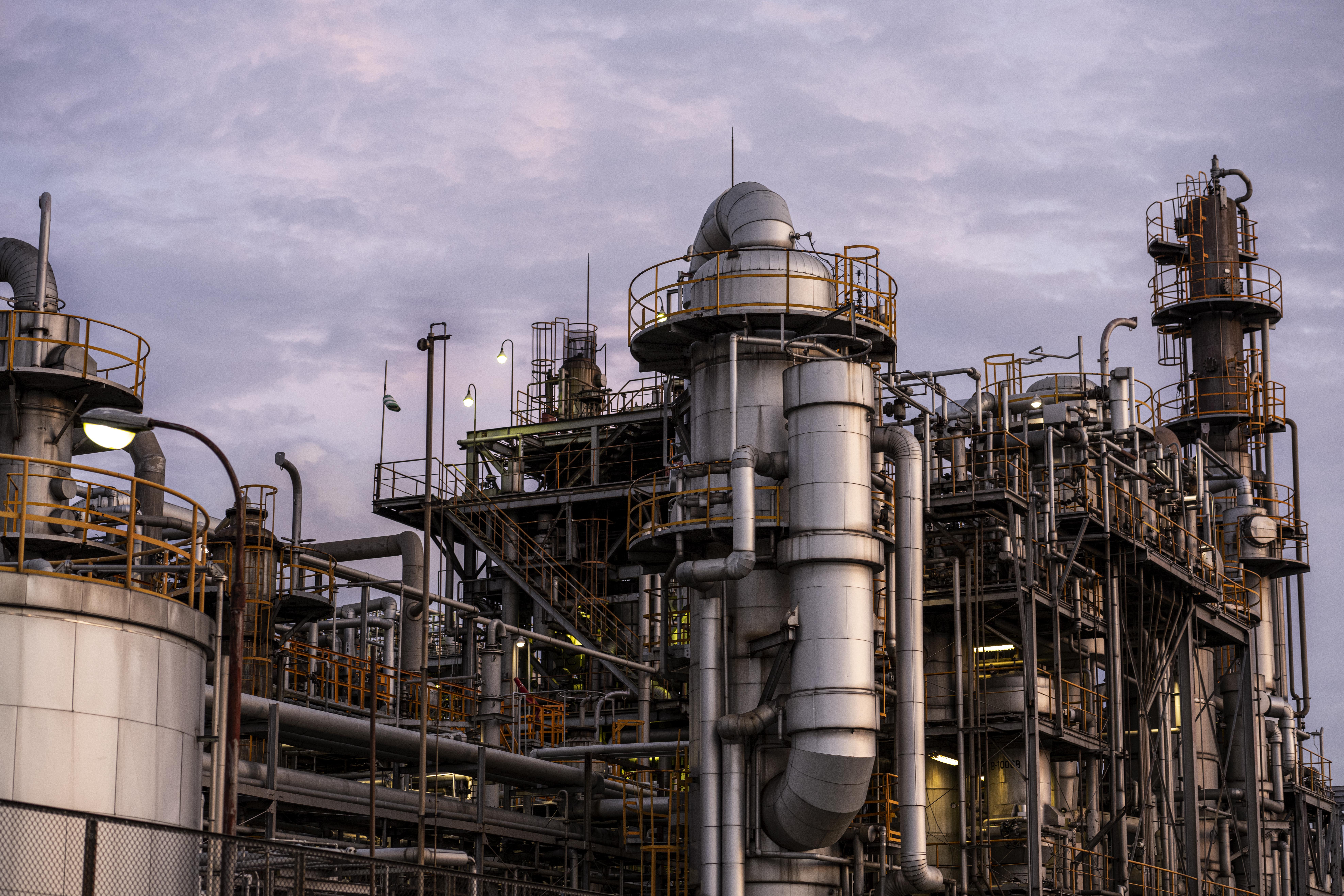
How Robotics are Enhancing Oil Rig Safety
Robotics is playing a crucial role in improving safety on oil rigs by reducing human exposure to hazardous environments, automating dangerous tasks, and enhancing operational efficiency.
Reducing Human Risk in Hazardous Environments
Oil rigs are high-risk environments with potential exposure to extreme weather, toxic gases, and high-pressure equipment. Robots equipped with advanced sensors can perform inspections and maintenance tasks in hazardous areas, minimizing the need for human intervention.
Automating Routine and High-Risk Tasks
Robotic systems are now being used to carry out repetitive and high-risk tasks, such as pipeline inspections, drilling operations, and equipment monitoring. This reduces human error and increases efficiency.
Enhancing Emergency Response and Disaster Prevention
Autonomous robots can quickly assess emergency situations, such as gas leaks or fires, and provide real-time data to operators. This enables a faster and more effective response, reducing the risk of catastrophic incidents.
Improving Predictive Maintenance
AI-powered robotic systems can continuously monitor equipment and detect early signs of wear and tear. By identifying potential failures before they occur, companies can schedule maintenance proactively, preventing accidents and minimizing downtime.
The Future of Robotics in Oil Rig Safety
As technology continues to evolve, robotics will become even more integral to oil rig operations. Companies are investing in AI-driven autonomous systems, robotic arms, and underwater drones to further enhance safety and efficiency.
By integrating robotics, the oil & gas industry is significantly improving worker safety, reducing risks, and ensuring smoother operations in one of the most challenging work environments.
Get in Touch
Have questions or need expert fiberglass solutions? Connect with us today! Our team is ready to assist you with tailored services and reliable support.
